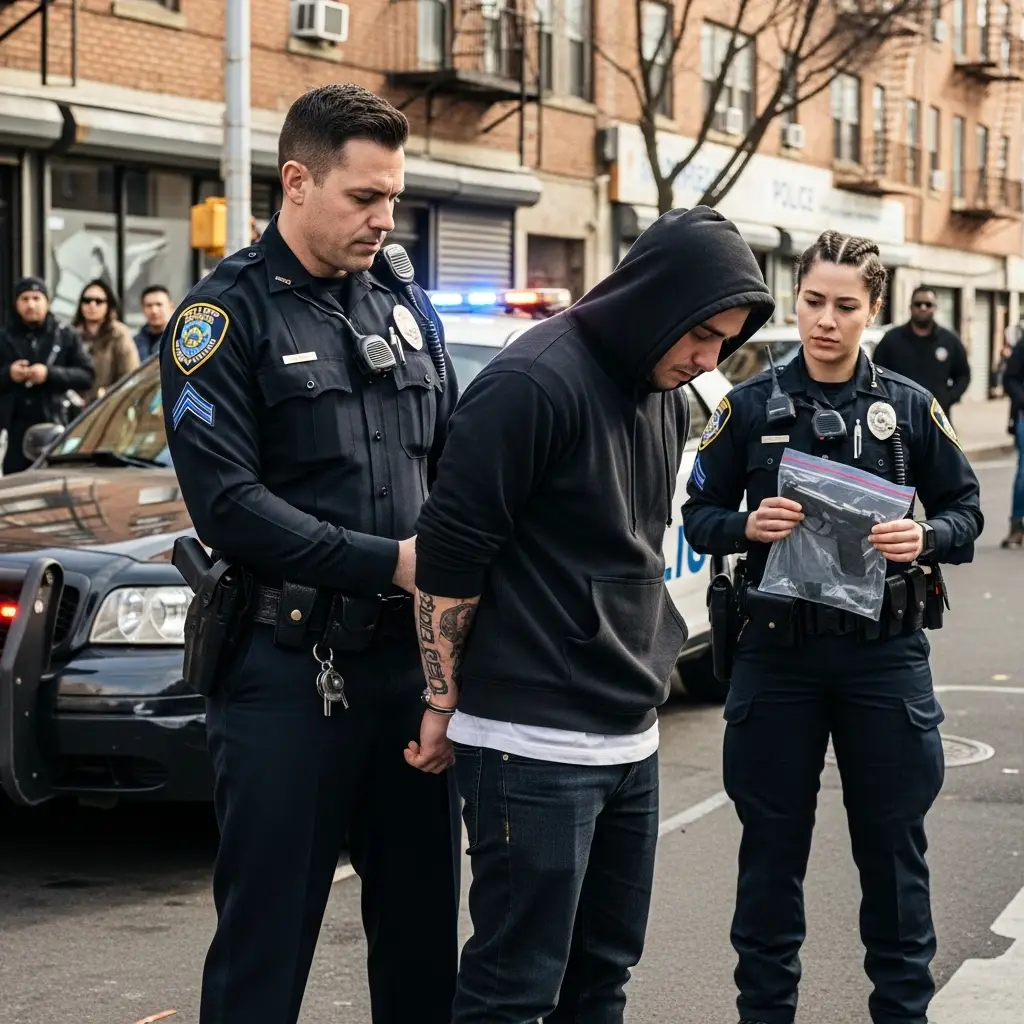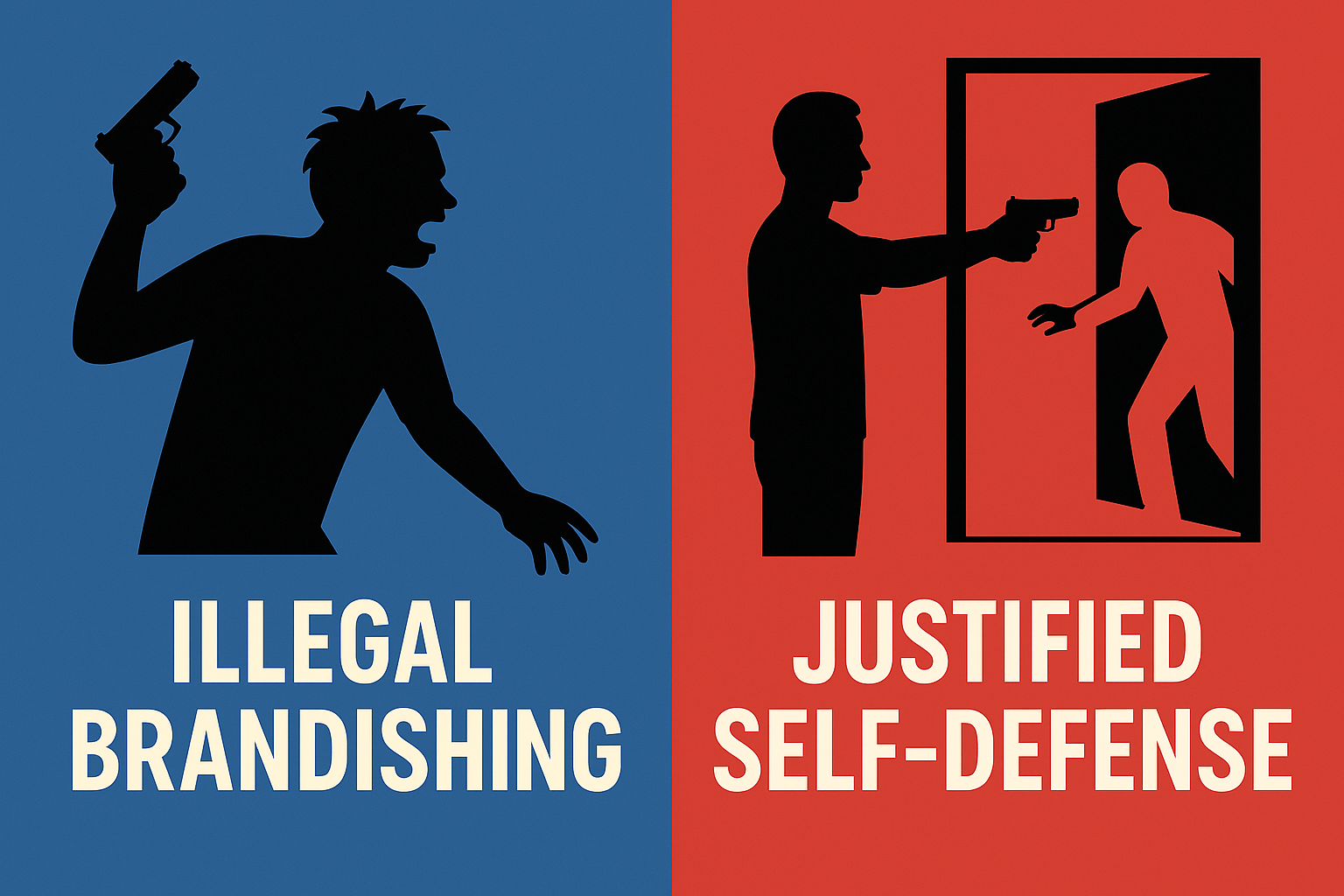

California’s gun regulations combine state statutes, federal mandates, and local ordinances into a multilayered framework that can be difficult to navigate. This pillar page distills the most critical topics—transport, possession, restoration of rights, and brandishing—into an authoritative reference designed for readers of The H Law Group. Internal links throughout the guide direct you to in-depth articles on our site for step-by-step analysis.
California firearms law is anchored in the Penal Code, chiefly Divisions 4 and 6, supplemented by federal rules such as the Brady Handgun Violence Prevention Act. Key agencies include:
The state’s strict liability model means that ignorance of technical requirements—locked-container standards, ammunition separation, or serial-number rules—does not excuse non-compliance.
Transporting firearms in California requires strict adherence to state laws to avoid serious legal consequences. Firearms must be unloaded, locked in a secure container, and stored separately from ammunition, out of reach of the driver and passengers. Proper documentation, such as a Firearm Safety Certificate or CCW permit, may be required, and routes should be planned to avoid restricted areas like schools and airports. For detailed steps and legal tips, read our full guide on how to transport firearms legally in California.
Transportation rules stem from Penal Code §§25610, 16850, and 25400, plus Vehicle Code §23152 for DUI-with-firearm enhancements.
Special carve-outs exist for concealed carry permit holders (CCW), peace officers, licensed hunters en route to lawful hunting grounds, and federally licensed collectors transporting Curio & Relic firearms.
A person can lose firearm rights through felony conviction, misdemeanor domestic-violence adjudication, restraining orders, or mental-health commitments. Restoration is possible, but procedures differ by trigger event.
Even after a state pardon, 18 U.S.C. §922(g)(1) may still bar possession if the conviction exceeded one-year maximum imprisonment. A separate ATF restoration is required; however, Congress has suspended funding for those applications since 1992, making federal restoration effectively unavailable.

The Brady Handgun Violence Prevention Act also known as “the Brady Law” mandates background checks for sales by federal firearms licensees (FFLs). California integrates Brady requirements into its Dealer’s Record of Sale (DROS) system.
Failure of a prospective purchaser to clear the DROS results in a “Deny” notification to both the dealer and local law enforcement, exposing the individual to prosecution if an attempt was made while prohibited (Penal Code §29805).
Possession of an unregistered firearm can trigger misdemeanor or felony charges under Penal Code §25850 (loaded firearm) and §27545 (unlawful transfer). Conviction may carry up to 3 years in county jail under realignment.
Owners discovering an unregistered firearm may file a Firearm Ownership Report (FOR) with CA DOJ to register, provided the weapon itself is legal in California.

Under Penal Code §417 it is a crime to brandish any firearm or deadly weapon “in a rude, angry, or threatening manner” unless in lawful self-defense.
Sentence enhancements apply if the weapon is an assault weapon or if the conduct occurs during a public demonstration.
Penal Code §25850 makes it a misdemeanor (or “wobbler” with prior convictions) to carry a loaded firearm on your person or in a vehicle in public. Key points:
Refusal to allow an officer to inspect a firearm during a lawful detention to determine if it is loaded creates probable cause for arrest.
Legally brandishing a firearm is limited to immediate self-defense:
Successful defenses rely on contemporaneous 911 calls, corroborating witnesses, and prompt cooperation with law enforcement.
Yes, if the firearm is unloaded; however, best practice is separate containment to eliminate constructive “loaded” arguments.
No. California courts have held that built-in compartments accessible from the passenger area do not satisfy “secure container” requirements.
Yes. An inter-familial transfer must be processed through DOJ within 30 days using the Firearm Ownership Report.
You may petition the court for release once the order is terminated, but the DOJ may still run a background check before returning property.
No. California does not recognize out-of-state carry permits.
Usually a misdemeanor punishable by up to 1 year in county jail and a $1,000 fine.
Firearms manufactured before 1899 are generally exempt from registration and many possession statutes, but misuse can still be charged as assault with a deadly weapon.
Submit the DOJ “Law Enforcement Gun Release” (LEGR) application with proof of restoration; processing may take 60–90 days.
Open carry is prohibited in incorporated areas and many unincorporated zones unless you are hunting, at a target range, or on private property with permission.
Only if the loan is for fewer than 30 days, both parties have Firearm Safety Certificates, and the exchange is processed through an FFL; otherwise, it constitutes an illegal transfer.